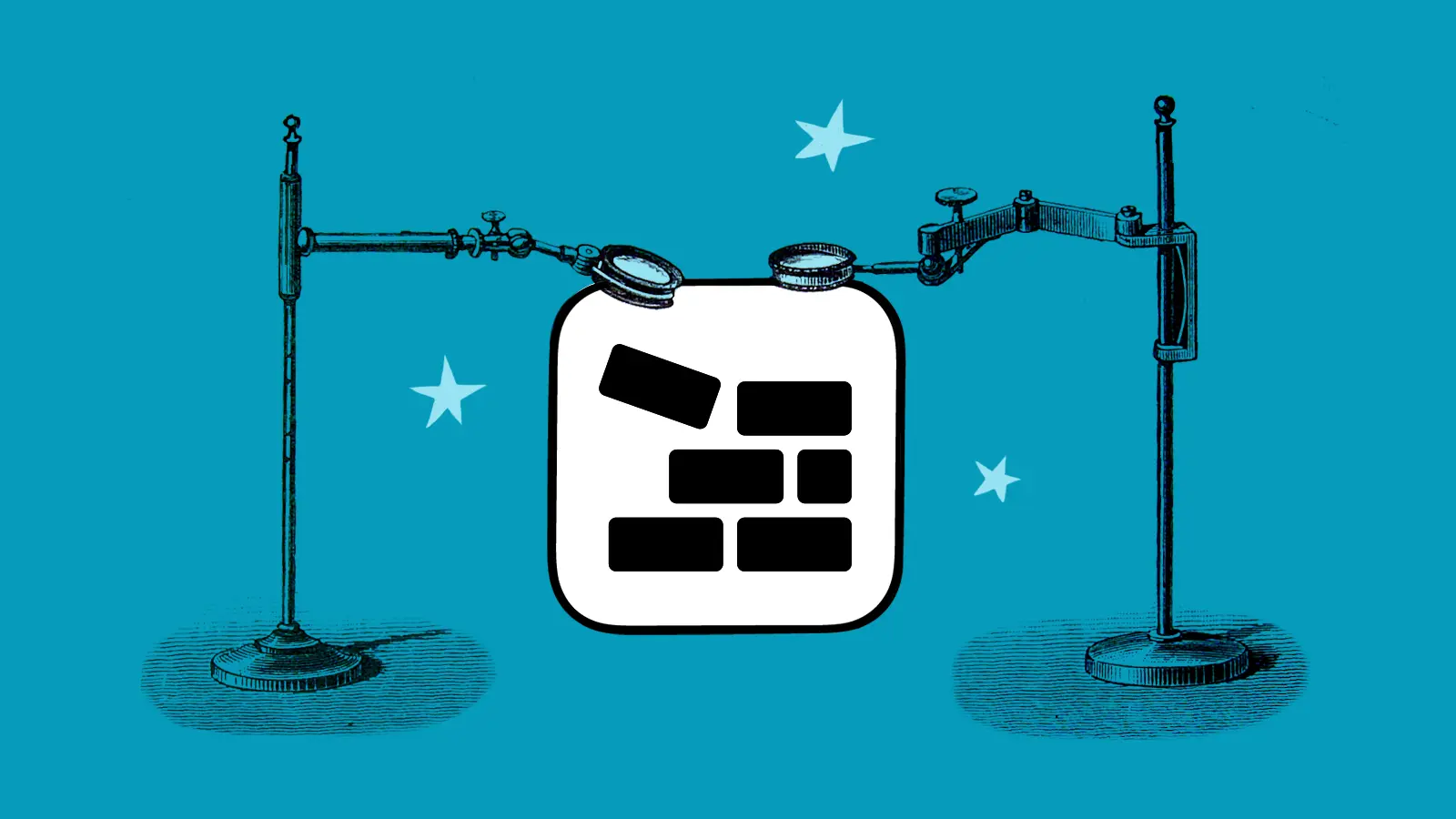How to use Google Analytics 3 to improve your website
This article details improving your website with Google Analytics 3 (UA). For Google Analytics 4 (GA4), please read ‘How to use Google Analytics 4 to improve your website’
Digging through Google Analytics to track your website’s performance can be an overwhelming and confusing process. It's easy to base decisions on general statistics like Bounce Rates and Website Visitors, but if we dig a little further there's loads of useful data that can help guide your website improvements.
I recently completed this process to help plan out requirements for the future of our website, and decided to document the process for future me (and future you, too).
P.S. If you don’t already have Google Analytics setup on your website, you’ll need to do that first. I also recommend that your website is in a good place from a Technical SEO standpoint before applying any of the learnings that you gain from this article.
P.S.S. If you're looking to get super analytical today, this article probably isn't for you. This is the 'Non-Marketers Marketing Overview to not using too much math but getting 80 percent of the way there.’
Let’s get to it, shall we?
1. Prioritize your website goals
The first step is deciding what hard actions you want your website visitors to take when they visit. The usual suspects for non-commerce websites are things like: fill out your contact form, subscribe to your newsletter, apply for a job or download a resource. As you go through this process it can be quite eye-opening, as your list and sitemap might not mesh. Unearthing these discrepancies is one of the primary reasons for this exercise.
To get your creative juices flowing, here's the list I created for our website:
- Fill out the contact form
- Subscribe to the newsletter
- Email us
- Call us
You also want people to learn more about you, what you do, and if you have a blog you want them to read your articles, but it's important to remember this is all just supporting content.
If your supporting content is right then more people complete the goals you've set for them. If your supporting content is wrong then less people complete the goals you've set for them.
2. Tracking your website goals in Google Analytics
Now that you've set your goals it's time to figure out how to track them appropriately in Google Analytics. There are a few ways to do this. You can use Goals (literally), Events, or Event Goals.
A Goal in Google Analytics tracks successful conversions, and usually can be measured as revenue earned per conversion. An Event in Google Analytics allows you to track actions on your website that aren't necessarily revenue related, but are still important to the overall health of your website. Lastly, Event Goals are a type of Goal that have a specific Event as the conversion.
Destination Goals
For goals like contact form submissions and newsletter signups, hopefully users are directed to a 'Thank You' page once they've successfully completed your form(s). If this is the case, the easiest way to set this up in Google Analytics is with a Destination Goal. You can learn more about this process by following the Create, edit, and share goals documentation on Google’s website. If you don't have a 'Thank You' page, you'll most likely need to use Event Tracking, which I'll explain in 3, 2, 1...
Event Tracking
For goals like tracking call-ins and emails (or forms that don't have a 'Thank You' page), the easiest way to set this up in Google Analytics is with Event Tracking. Events are slightly more technical in implementation than Goals, but if you have Google Tag Manager setup it will make your life quite a bit easier. You can learn more about this process by first Deploying Google Analytics with Tag Manager, and then following Tag Manager's Google Analytics events documentation.
3. Analyze and act on the data
Once you are officially tracking all of your goals in Google Analytics, it's time to analyze and act on the data. Let's start with your Destination Goals for things like contact form submissions and newsletter signups.
Log into Google Analytics and go to Conversions > Goals > Goal URLs. Click the URL you're interested in (in my case it's contact/thanks) and adjust the date range to the timeframe you're interested in viewing. Click the 'Secondary Dimension' dropdown above the table and choose either 'Goal Previous Step - 1’ or 'Goal Previous Step - 2', whichever is relevant.
In my example I know that people have to visit /contact before they visit contact/thanks, and I want to know what triggered them to contact us, so I want to use 'Goal Previous Step - 2' (the page before /contact).
Secondly, let's look at our Event Tracking. Log into Google Analytics and go to Behavior > Events > Overview, click into whichever depth of detail you're interested in viewing (either Category, Action or Label) and then choose the actual Event you want to analyze. Click the 'Secondary Dimension' dropdown above the table and choose the relevant dimension. 'Page' is a good one for events that are on multiple pages, while 'Landing Page' could also be helpful to show where people originally landed on your site that led them to complete an action.
As you're digging through all of this information it's important to ask questions like:
- What supporting content (pages) is generating the most (and least) goal and event conversions?
- On pages with lower conversions, are they useful in another way or could they be improved to be more useful?
- If people are signing up for your newsletter from blog post pages, what type of posts are doing the best and what are doing the worst?
- Are any specific types of content doing significantly better or worse than their siblings (e.g. of your six case studies, is one converting fantastically, is one doing horrible or are they all generally the same)?
Asking these sorts of questions, backed by real data, will help you to make better decisions when planning improvements to your website and writing content, whether it's completing a full redesign or simply making tweaks across the board.
Further reading
-

Pwny plugin for Craft 5
-

Craft 5 Released
-

Ten years of Good Work
-

Expanding our services: Introducing ‘Friends of Good Work’
-

How to master GDPR and CCPA compliance: a step-by-step guide to handling website cookies
-

Block Usage plugin for Craft CMS
-

Nag plugin for Craft CMS
-

Three reasons most digital projects get derailed (and why yours doesn’t have to)
-

Good Work leads to a good life
-

Update Craft CMS 3 to 4
-

Three things your project manager should be doing for you (but probably isn’t)
-

Eight lessons learned from eight years of Good Work

 By Garrett, 17 Feb 2020
By Garrett, 17 Feb 2020
 By Ant, 2 Dec 2024
By Ant, 2 Dec 2024
 By Chris, 1 Apr 2024
By Chris, 1 Apr 2024
 By Katie, 7 Dec 2022
By Katie, 7 Dec 2022